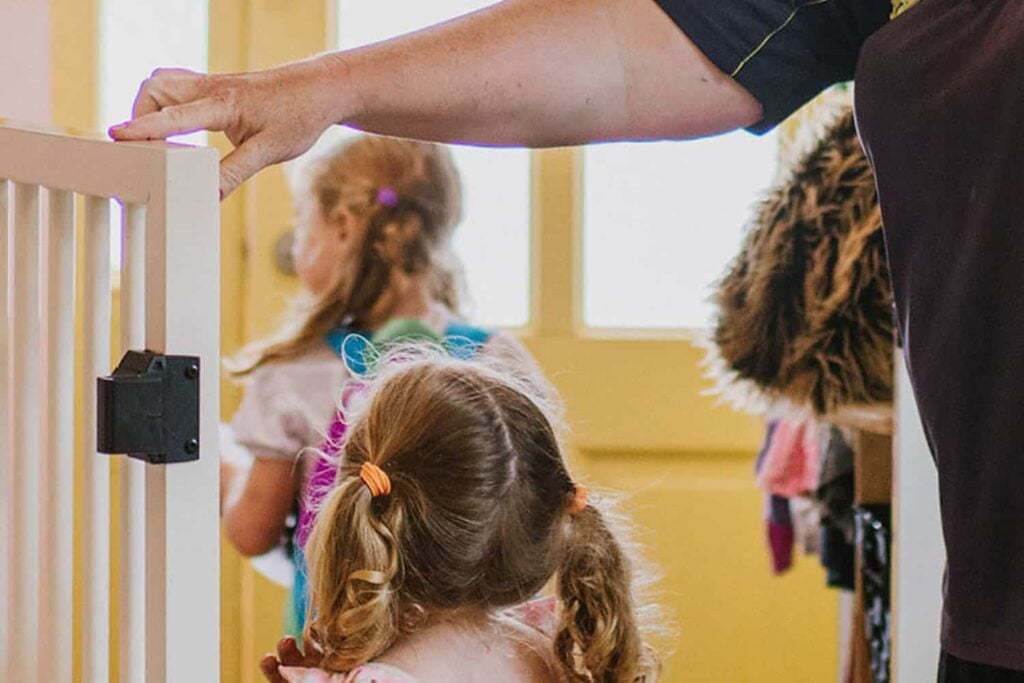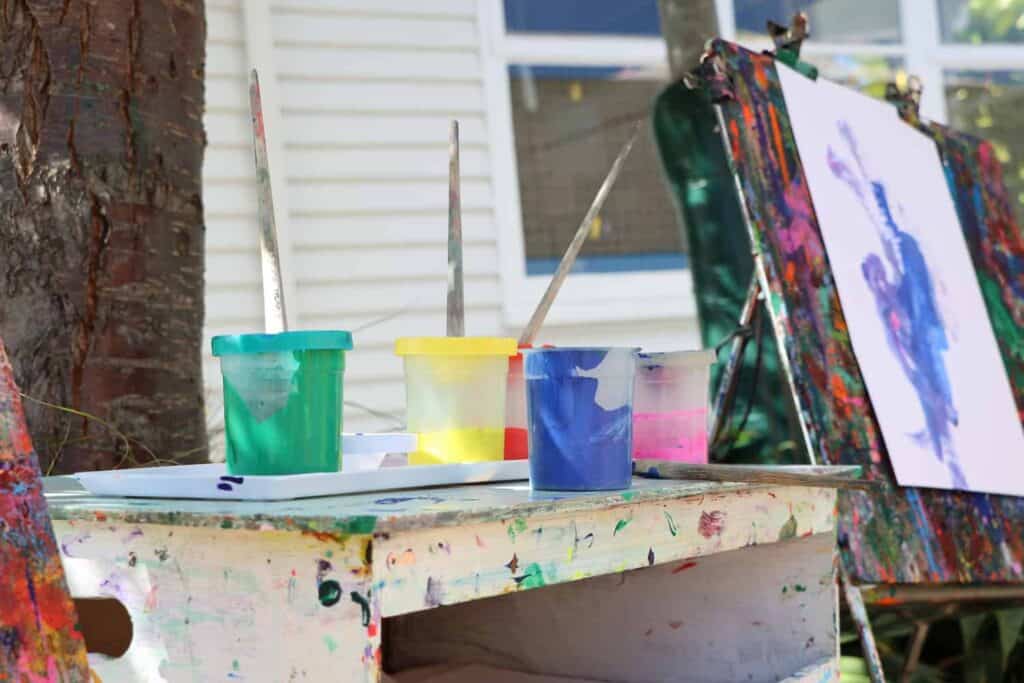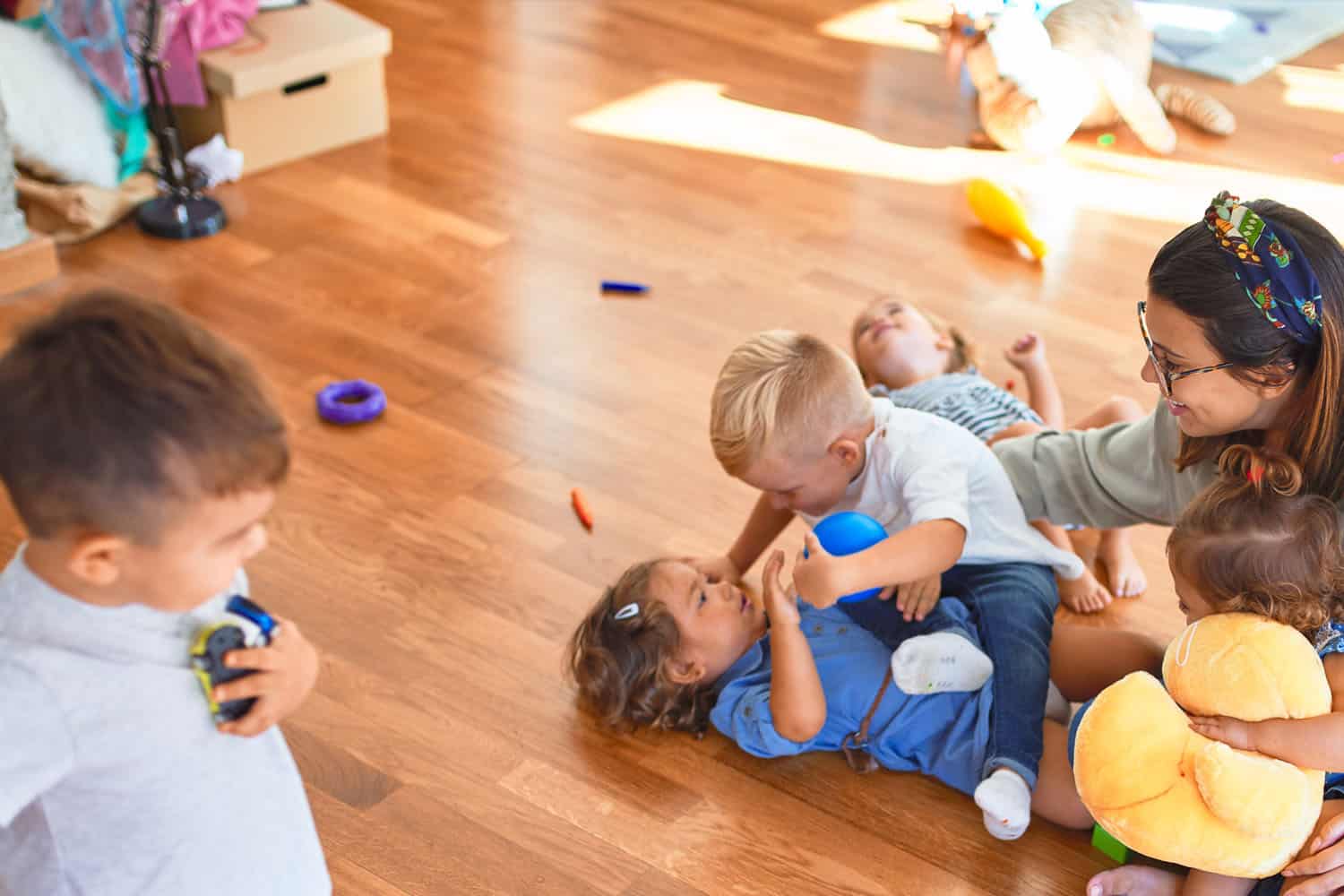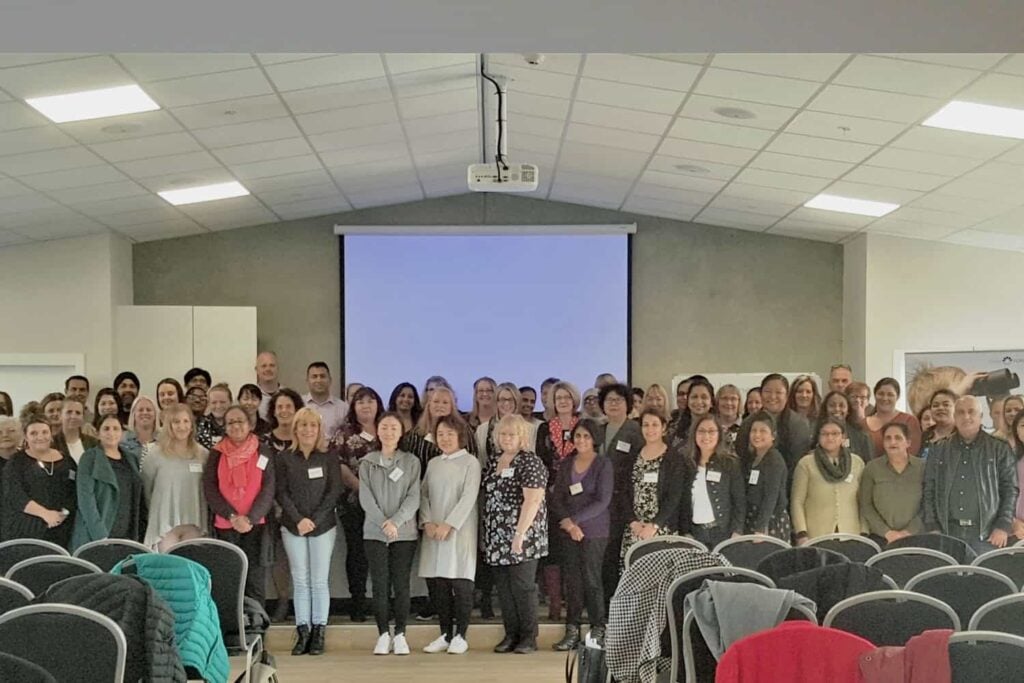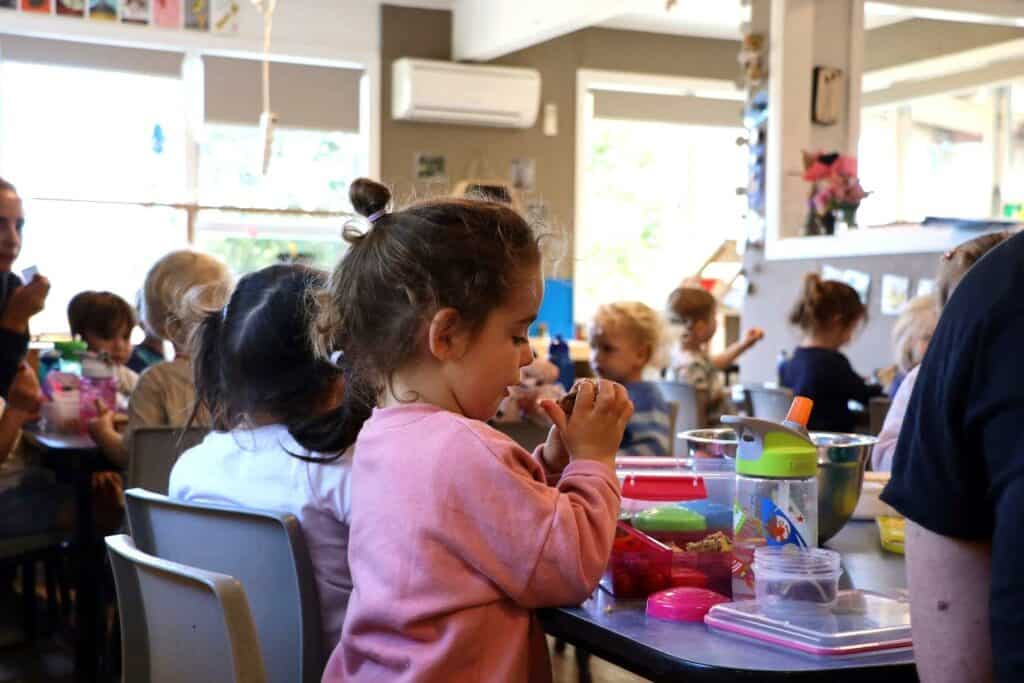August 15, 2013.
Children as young as three years are believed to be bullying other children according to new research from Victoria University.
The study, which surveyed school staff and teachers, found that 94 per cent of staff interviewed had seen bullying in their school.
Dr Vanessa Green from the University’s School of Educational Psychology and Pedagogy and a group of postgraduate students surveyed more than 800 teachers and staff members from primary, intermediate and secondary schools across New Zealand.
They were asked about their experiences of bullying and their perceptions of it. Nearly half of those surveyed said verbal bullying was brought to their attention at least once a week.
More than two thirds of respondents believed children started to bully others sometime between the pre-school years and the age of seven. Cyber bullying was perceived to be a problem among older children between the ages of 11 and 14, often more prevalent among girls.
Dr Green said the study showed bullying was an issue that needed to be addressed and many teachers did not feel equipped to deal with it. Bullying had become so common it was often just seen as a part of growing up, she said, but attitudes could be changed.
There was often tension about who should be responsible for dealing with bullying she said, but most respondents felt the school, parents and whanau all needed to be involved.
